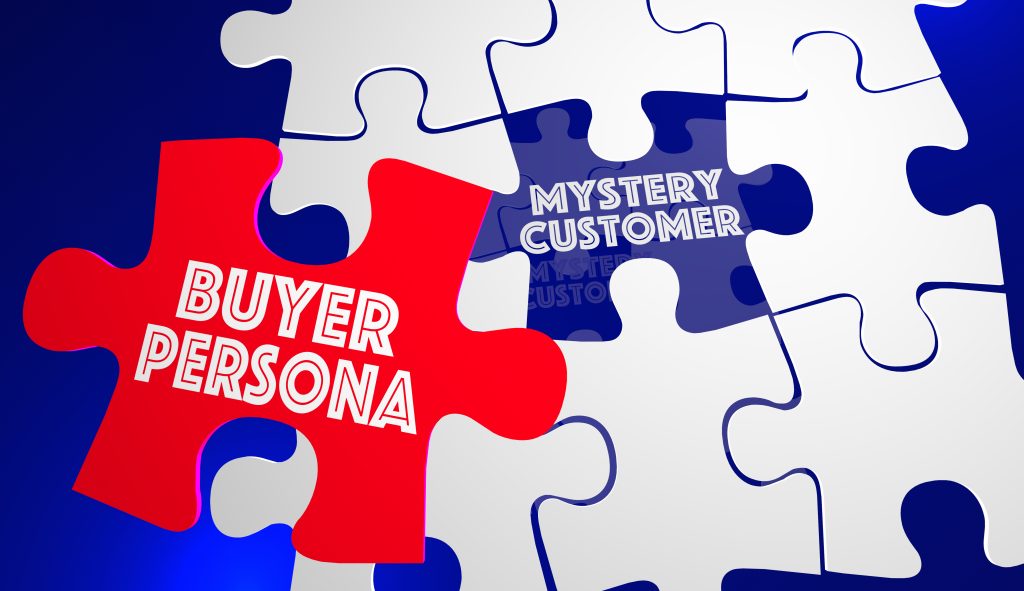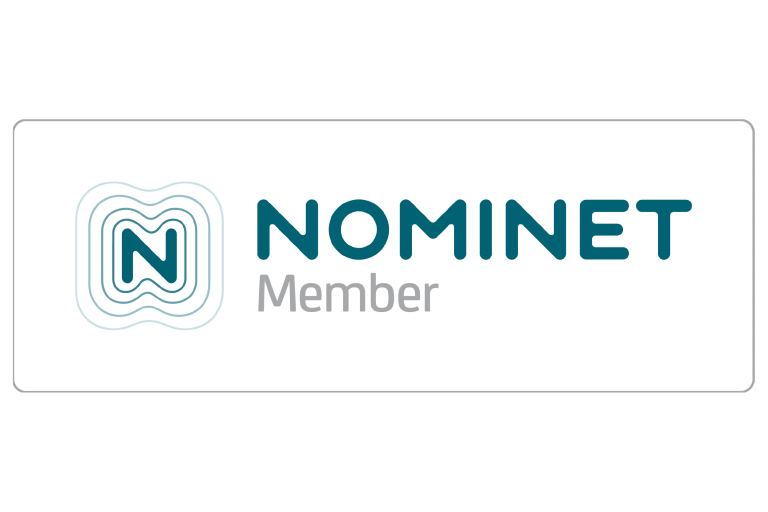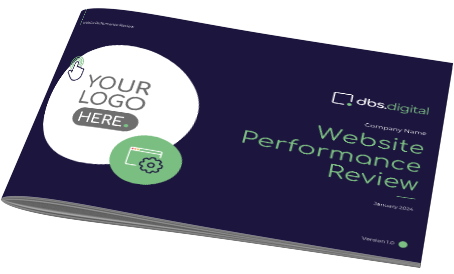Buyer personas are a key component when creating any marketing strategy as they allow you to visualise your current clients and your ideal customers before you start your investing heavily in marketing. Without knowing exactly who you are marketing to and what resonates with them, you could be wasting valuable resources on marketing that doesn’t reach the right people or doesn’t connect with them. In this article, we will be discussing in more detail the importance of buyer personas and how to define what your buyer personas are.
What do we mean by a buyer persona?
A buyer persona is a fictional representation of your ideal customers. Visualising your ideal customer as a person means you can delve deeper into who they are and what their needs or pain points are. Creating a buyer persona is an effective exercise as it helps you to imagine you are in your customers’ shoes. Doing this can help you discover how to target your niche more effectively through your marketing practices. With a clear picture of who you want to target, you can adapt your advertising and language to speak to them on a seemingly more personal level. You are essentially creating a story and narrative around the people who are most likely going to be interested in your product or service.
How do you determine your buyer personas?
Knowing where to start when it comes to buyer personas can seem overwhelming. However, it doesn’t have to be. Here is a quick step-by-step on how to create a buyer persona:
1. Research your current customers
Even if you think you have a good idea of who your clients are, it is still worth taking the time to look at the client information you have and pick out any trends or commonalities between them. If you have website analytics installed correctly, this is a great resource to refer to in order to capture demographic information. Use a combination of analytics, speaking directly to customers, and talking to employees that come face-to-face with customers regularly. Whilst you probably have a strong idea of who your customers are, try to always use data to back this up to avoid you making decisions on assumptions that could end up being inaccurate.
Here are a few questions to help you get started:
- How old are they?
- Where do they live?
- How did they hear about your brand?
- Are they married or single?
- Do they have any children?
- What are their hobbies?
- What are their favourite TV shows?
- Do they use social media? Which channels?
- What are their goals?
- What are their pain points?
- Where do they go for their information / research? (e.g which websites, books, magazines, TV)
If you are working on a B2B level you should consider:
- Who in the company contacted you?
- Were they the final decision maker?
- Who do they report to?
- What was their job?
2. Research people who you would like to become customers
Once you have a strong idea of who is currently buying from you, start thinking about who you would like to be buying from you. Does your main competitor have success in a certain area that you currently don’t? Would you like to break into that area as well? Looking at your competitors is a great way to start narrowing down types of customers you would like to target in the future. Also, think about if there are areas you have always wanted your company to grow into. It might not be on the cards for the short term, however, using this time to put together profiles and personas for future clients will help marketing to them in the future easier. Use this time to discover what the potential customer’s current pain points are and then you can establish a plan on how your products or service can help them overcome these barriers. Repeat the exercise above and ask the same questions about the customer to gain a clear picture of who they are, what they are interested in and what drives them to make purchasing decisions.
3. Segment your buyer personas
This is the most time-consuming task but is a vital step of the process. Once you have collected all of your research, organise it according to similarities about the demographic and similarities between the goals and challenges they have that you have discovered. The exercise allows you to group people together and form distinctive buyer personas. You can segment buyer personas by industry, by job title, or by any segmentation that fits your company and its goals – the choice is yours.
4. Decide how many buyer personas you will have
You can have more than one buyer persona. In fact, it is recommended that you have at least a few as all your customers are not likely to fit one mold and this allows you to get more granular about subsets within your customer base. This means you can create marketing materials and campaigns that are more specific to different customer groups and are therefore more likely to be effective.
Remember that although it is good to have more than one buyer persona, don’t feel like you need to create them all at once. This is an exercise that should be considered carefully and not rushed as the more detailed buyer personas you can create, the more niche and targeted your marketing can be. Start by ensuring you have buyer personas for your main product categories.
How to use this information in your marketing and web design (paid advertising) targeting etc.
5. Give each buyer persona a name and a story
Once you know your buyer personas, start writing a story about who they are, what their motivations are, what their barriers to purchase may be, and so on. Giving your persona a name helps everyone in the company to remember the different categories and helps make them seem more real. The fuller the picture you have of each buyer persona, the easier it will be to market to them. State who they are, what their goals are, what their challenges are, why they are in need of your product, how they want to feel after they have bought from you, what their job is, what they do outside of work etc. All this information means you have a good understanding of how they spend their time and therefore you will have a logical idea of the best places to target them and the language you need to use to connect with them.
6. Use this information to tailor your marketing
Now that you have your buyer personas you can start to develop sales and marketing strategies tailored to these people that you have determined are ideal customers for you. Ensure your entire sales and marketing team understands these personas, create ad campaigns that are on the channels the persona is likely to use, adjust your wording to speak to them on a more personal level, and address their specific pain points. Also, ensure your landing pages are optimised to speak to these buyer personas.
Also, ensure that your additional supporting content on your website always has these personas in mind. Create different types of content to target the different niches you have established. You sell to real people so by remembering this throughout the process, you can reach them on a personal level and they will be more likely to convert.
Consumers today expect their marketing to be tailored to their individual needs and aspirations. Therefore, if you do not have a detailed idea of who your buyer personas are, you will never be able to produce marketing content that is truly personalised and therefore more likely to engage. You can have more confidence that your marketing strategies and messaging are tailoring these personas and directly address their goals, values and pain points.
At DBS Digital we provide a FREE Website Performance Review to help you understand how customers see your business and how you can improve it. Our dedicated team is here to help.









